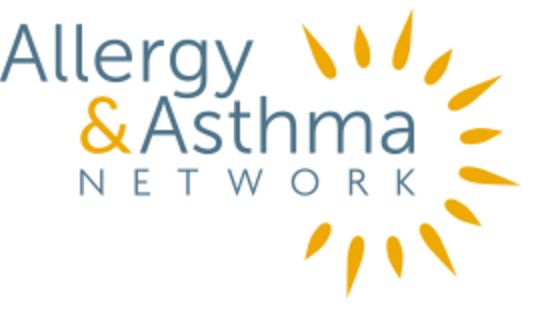What is food allergy immunotherapy?
In food allergy oral immunotherapy (OIT), patients are given the food they are allergic to. It starts with a tiny amount and then gradually larger amounts. This helps the body become desensitized to food. Currently, peanut allergy OIT is approved. Other allergens including egg and milk are being studied for OIT.
Important: OIT should only be done under a doctor’s supervision; do NOT try OIT on your own.
What types of food allergy immunotherapy are available?
The two types of food allergy immunotherapy are:
- Oral immunotherapy
- Epicutaneous Immunotherapy
What is peanut allergy oral immunotherapy?
The U.S. Food and Drug Administration (FDA) approved the use of peanut allergy oral immunotherapy (OIT.) The treatment is called Palforzia™ – it’s made by Aimmune Therapeutics. It’s designed to reduce the frequency and severity of allergic reactions. This includes life-threatening anaphylaxis, in children ages 4-17 after accidental exposure to peanut.
How does peanut allergy OIT work?
Peanut allergy patients are given a capsule with peanut powder that can be mixed into food. When taking it, patients consume a controlled dose of peanut protein. The dose is gradually increased over time. Eventually a level of peanut tolerance is reached. So, if there’s an accidental exposure, it won’t trigger a severe allergic reaction.
This is not a peanut allergy cure. Patients must continue to avoid peanut products. They may need to continue undergoing OIT even after a tolerance level is reached.
The treatment is not for every peanut allergy patient, however. It’s important for patients and families to work together with a doctor to determine if Palforzia is an appropriate treatment.
How is Palforzia prescribed?
Palforzia is available only through a Risk Evaluation and Mitigation Strategy (REMS). Requirements of the REMS include:
- The prescribing physician and patient must be enrolled in the REMS before starting treatment.
- The initial dose escalation and the first dose of each up-dosing level must be administered in a certified healthcare setting. Epinephrine must always be immediately available to patients
- Pharmacies/distributors must be certified with the REMS . They may only dispense PALFORZIA only to certified healthcare settings or to patients who are enrolled in the REMS.
Aimmune will provide resources to patients and families who, upon consultation with their physician, wish to seek treatment with Palforzia. These resources will include educational materials, a dedicated call center, co-pay program for eligible patients, and a Patient Assistance Program to provide Palforzia at no cost to eligible patients.
Can Palforzia be taken at home?
This is not a home treatment. It should only be done under the care of a qualified allergy specialist and at a medical facility. Epinephrine, the first-line treatment for a severe allergic reaction, must by readily available.
What is the peanut patch?
The peanut patch is also known as epicutaneous immunotherapy (EPIT). It is a small patch containing a tiny dose of peanut protein that is applied to a patient’s skin daily. The therapy aims to desensitize immune cells in the skin to make the body more accepting of peanut.
The peanut patch is not yet approved by FDA; as of March 2020, it is under FDA review.
The goal of the peanut patch is to protect peanut-allergic individuals in case they have an accidental exposure to peanut. The patches contain very small quantities of peanut allergen – approximately 1/1000 of a peanut on it. Because the dose of allergen on each patch is so small, this approach is often well tolerated by patients.
Many are able to increase the threshold of peanut exposure that’s needed to trigger an allergic reaction. This means increased protection from an accidental exposure. This is likely because the dose in the peanut patch is very low and the dose does not change over time.
The peanut patch is a treatment that will require close supervision by a physician.
© 2021 Allergy and Asthma Network

Last updated : 7/15/2020